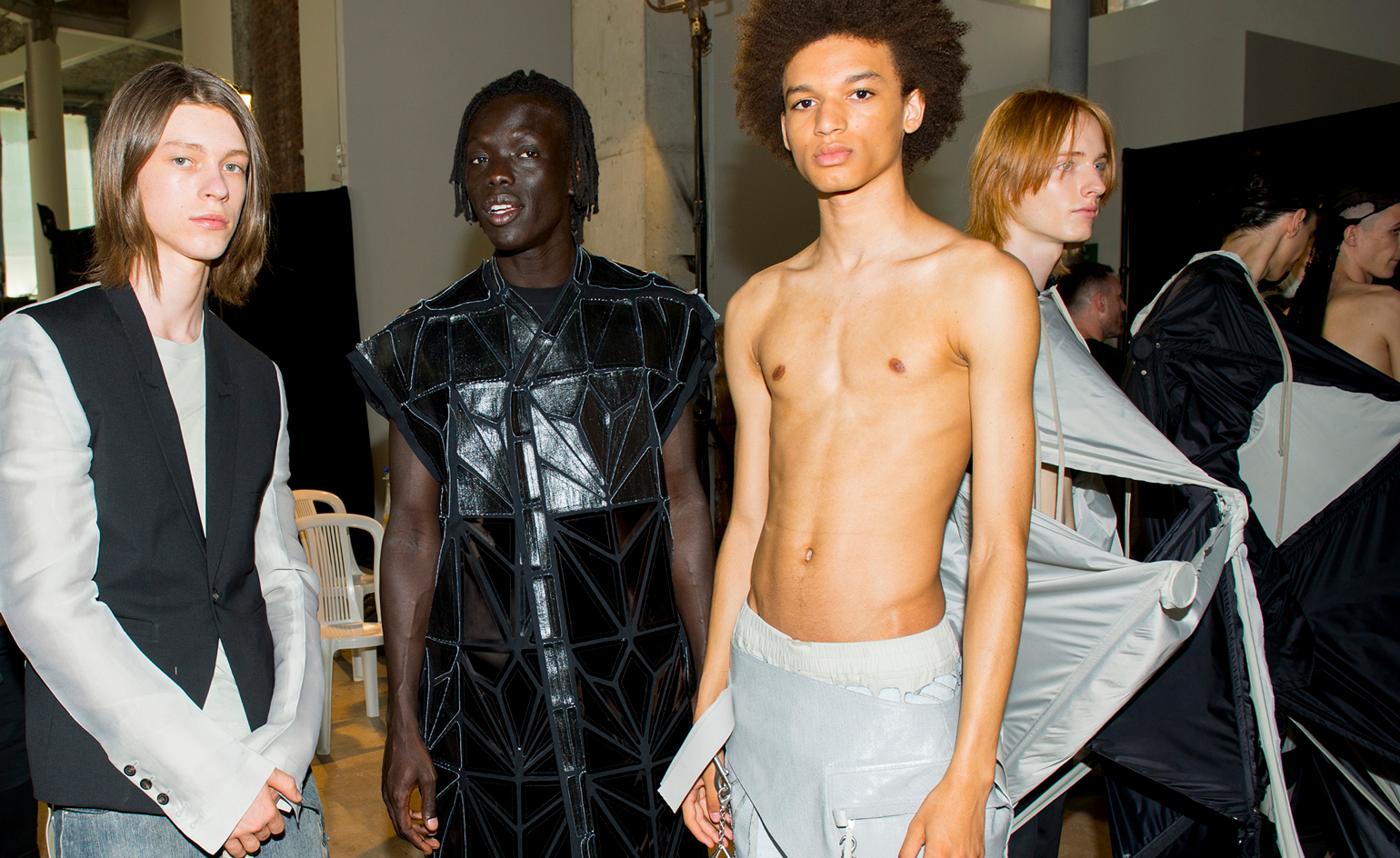Inside the factory where your Birkenstocks are made
Part high-tech laboratory, part artisanal workshop, the German factory straddles past and future. For Wallpaper*, Stuart Brumfitt takes a rare tour
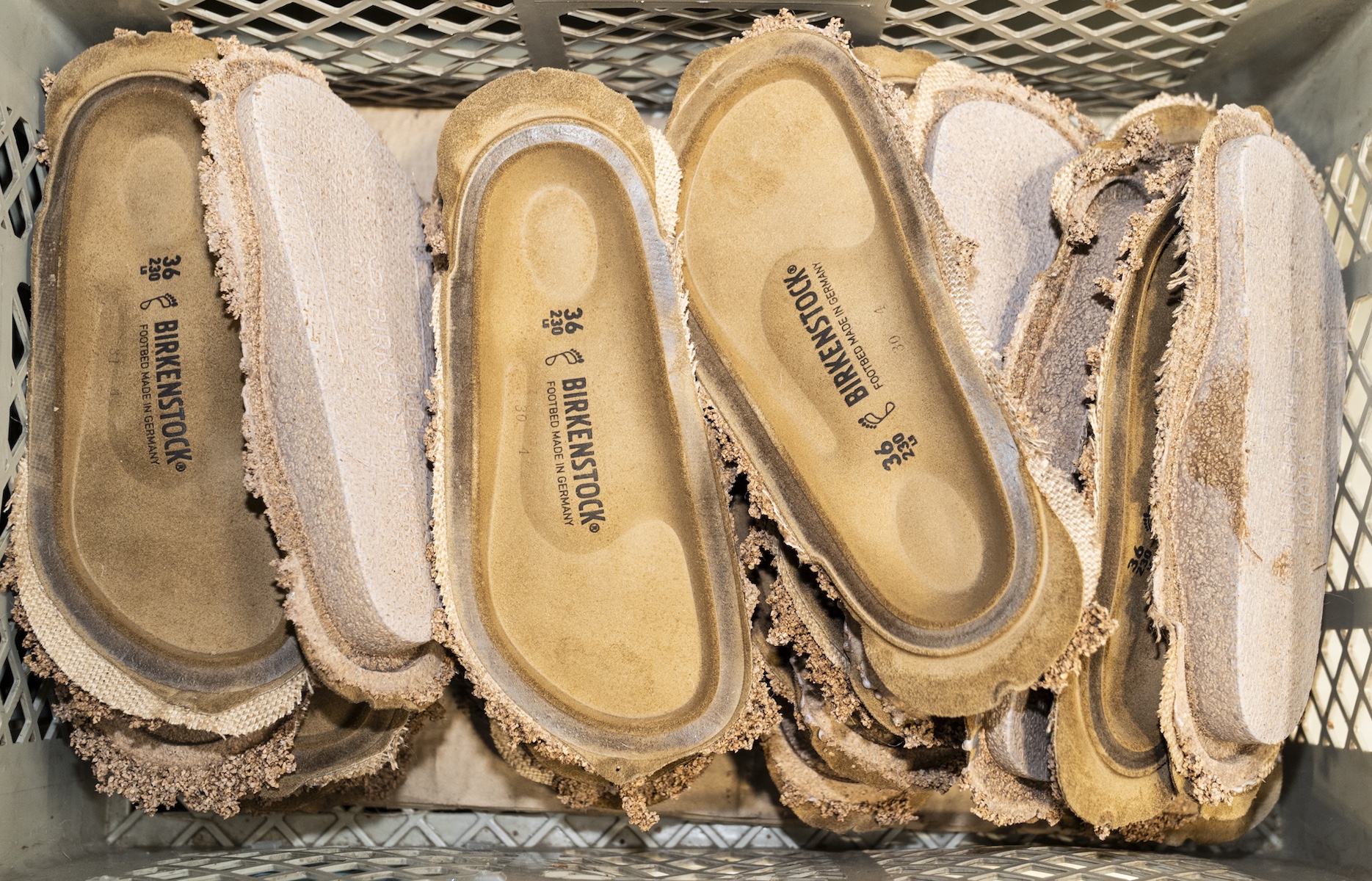
Standing in a faceless business park in Görlitz, east Germany, you wouldn’t imagine the Willy Wonka wizardry happening inside its network of vast hangars. Quinoa-looking cork granules whizz through transparent pipes, webs of glue drip from old machines and leathers of all colours are stretched and punched into Matisse-style cut-outs. It’s part laboratory, part artisan workshop: it’s where your Birkenstocks are made.
Everywhere you look, human hands and mechanical arms coexist in purposeful choreography. As well as mind-blowingly hi-tech machines, there are workers wielding the kinds of tools that shoemakers would have used hundreds of years ago: bread knives are used to trim the jute in one corner, whilst robotic cutters trace laser-sharp outlines across sprawling hides in another.
A tour of Birkenstock‘s Görlitz factory
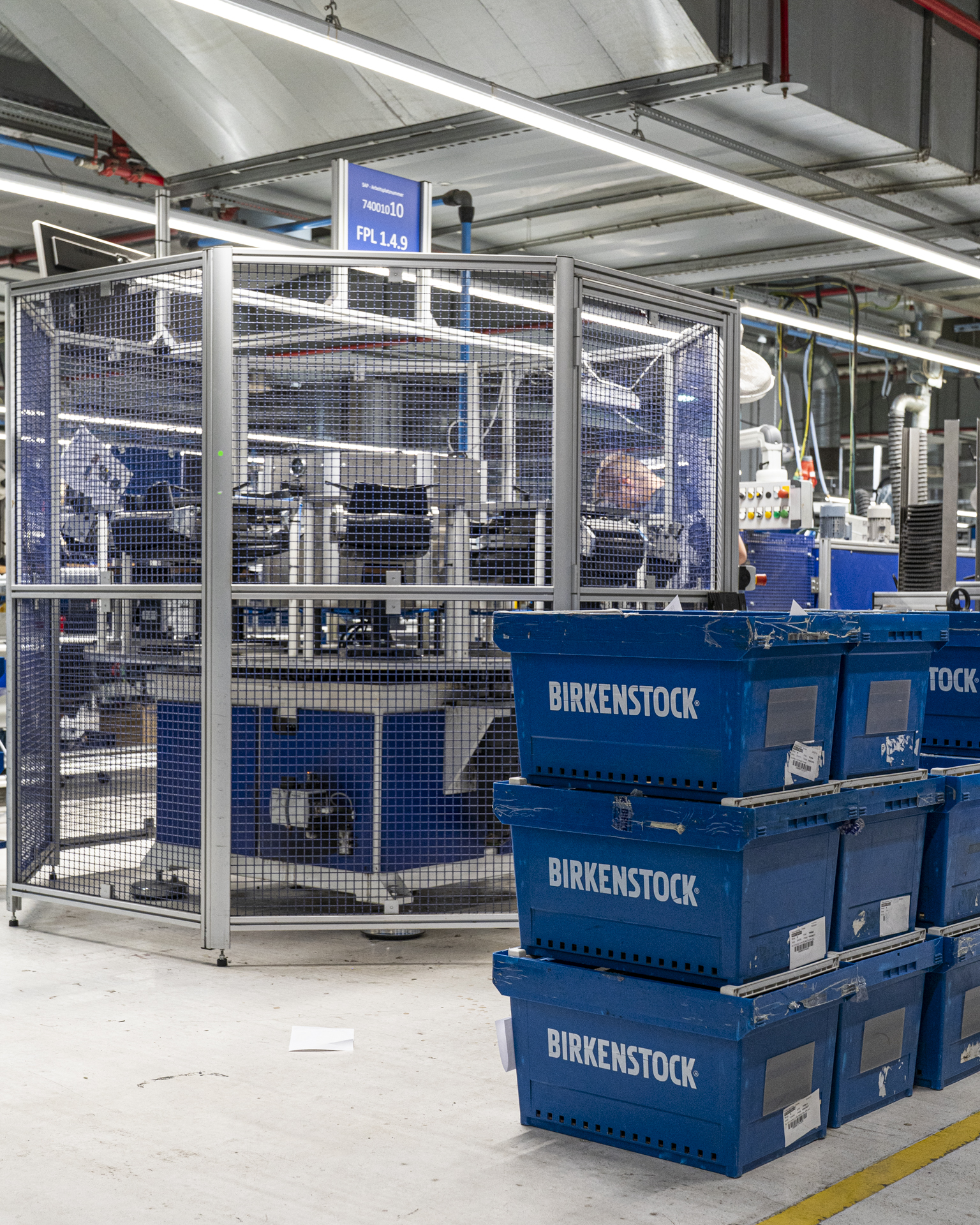
‘In our production, some steps remain entirely manual, others are half-automated, and a few are fully automated,’ says Markus Baum, Birkenstock’s chief product officer. ‘For certain processes, we’ve even co-developed machines with partners to meet our standards. We introduce innovation where it makes sense, never for its own sake. Progress for us must always serve purpose.’
In Görlitz, we’re a world away from the cobbled streets of the founders’ 18th-century Frankfurt (once an epicentre of shoemaking), but the principles remain the same. Craftsmanship here is a mix of curiosity and continuity; knowing what can change, and what must always stay the same. ‘It’s all about balance,’ Baum adds. Some materials can only be worked on by humans, and some can only be done by machines.
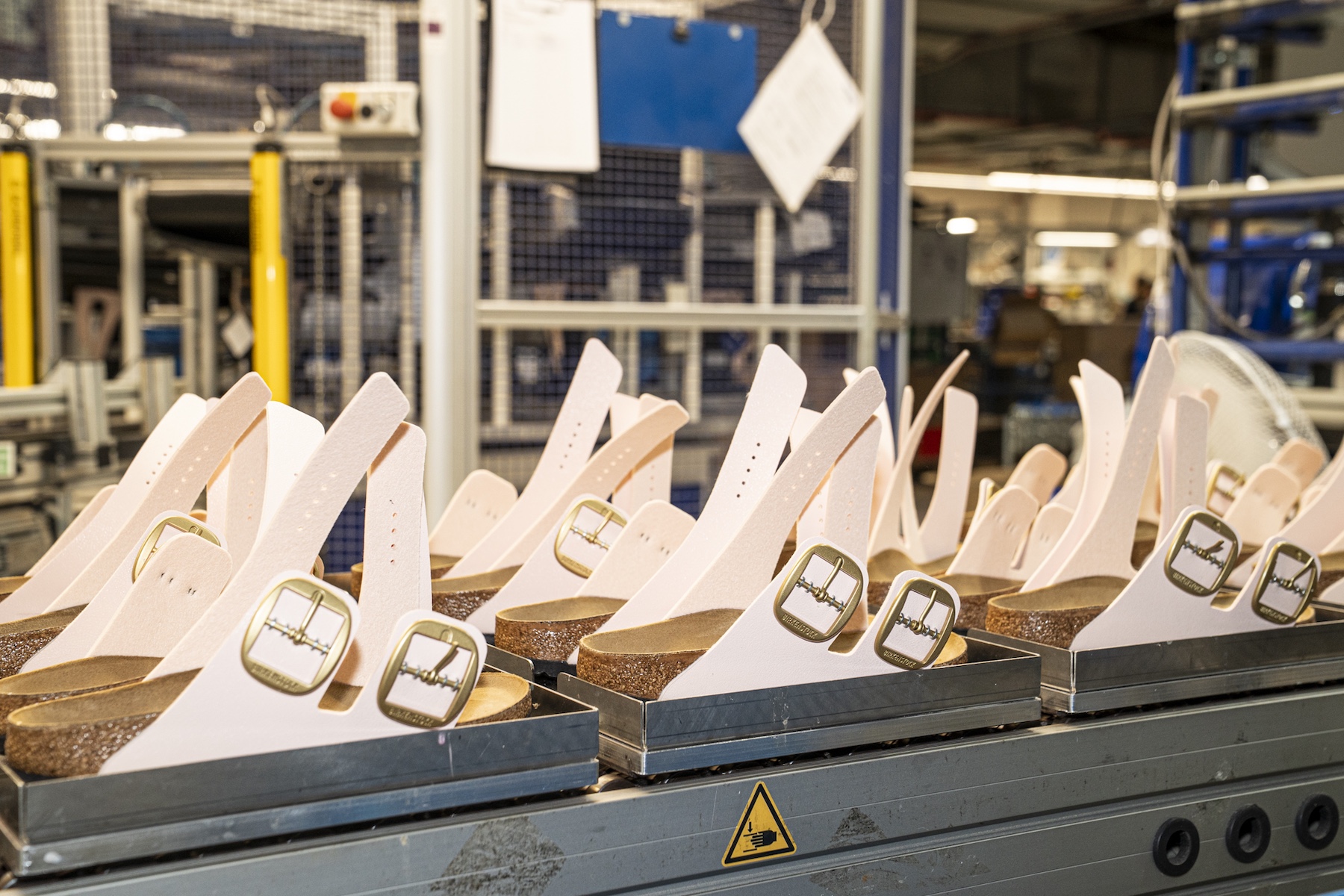
Considering Birkenstocks all still have a handmade element, the scale of production is astonishing. Two football fields’ worth of leather – mostly from European suppliers in Italy and Spain – are cut each day. The brand’s famous cork ‘Fussbett’, or footbed, is still the beating heart of the operation, and even when Birkenstock have collaborated with brands like Dior, Rick Owens and Jil Sander, it’s the one thing that noone is allowed to change. The footbed has become the brand’s literal and philosophical foundation and is perfectly suited to today’s wellness-driven world.
‘We introduce innovation where it makes sense, never for its own sake. Progress for us must always serve purpose’
Markus Baum, Birkenstock’s chief product office
In the factory, the footbeds are baked in steel moulds and emerge hot, pliable and aromatic, like loaves of bread from an oven. Every single one is still made in Germany, a point of pride that underscores the brand’s insistence on authenticity. ‘Birkenstock's shoemaking tradition dates back to 1774, and with that heritage comes a deep understanding of our craft,’ Baum explains.

Though Birkenstock has been around since the 18th century (when Johann Adam Birkenstock first registered as a shoemaker in a small Hessian village near Frankfurt), it’s remarkably contemporary. Laser systems map each hide like a topographical scan, tracing imperfections before slicing out the sandal’s familiar shapes. Though for the more experimental 1774 range, produced in smaller runs, everything is still hand-cut, especially for the Boston clog’s complex patterns or for selecting the softest part of the hide for a front strap.
Receive our daily digest of inspiration, escapism and design stories from around the world direct to your inbox.
After nearly 200 years of production, it was the 1960s countercultural wave of Birkenstock-wearing American hippies that made the shoes an iconic symbol of natural living. Since then, a series of high-profile fans have exploded the brand into what we know it as today: Steve Jobs photographed wearing them in 1973; fashion designer Andre Walker in the gladiatorial Athens in 1983; Kate Moss shot wearing them in The Face magazine in 1993.
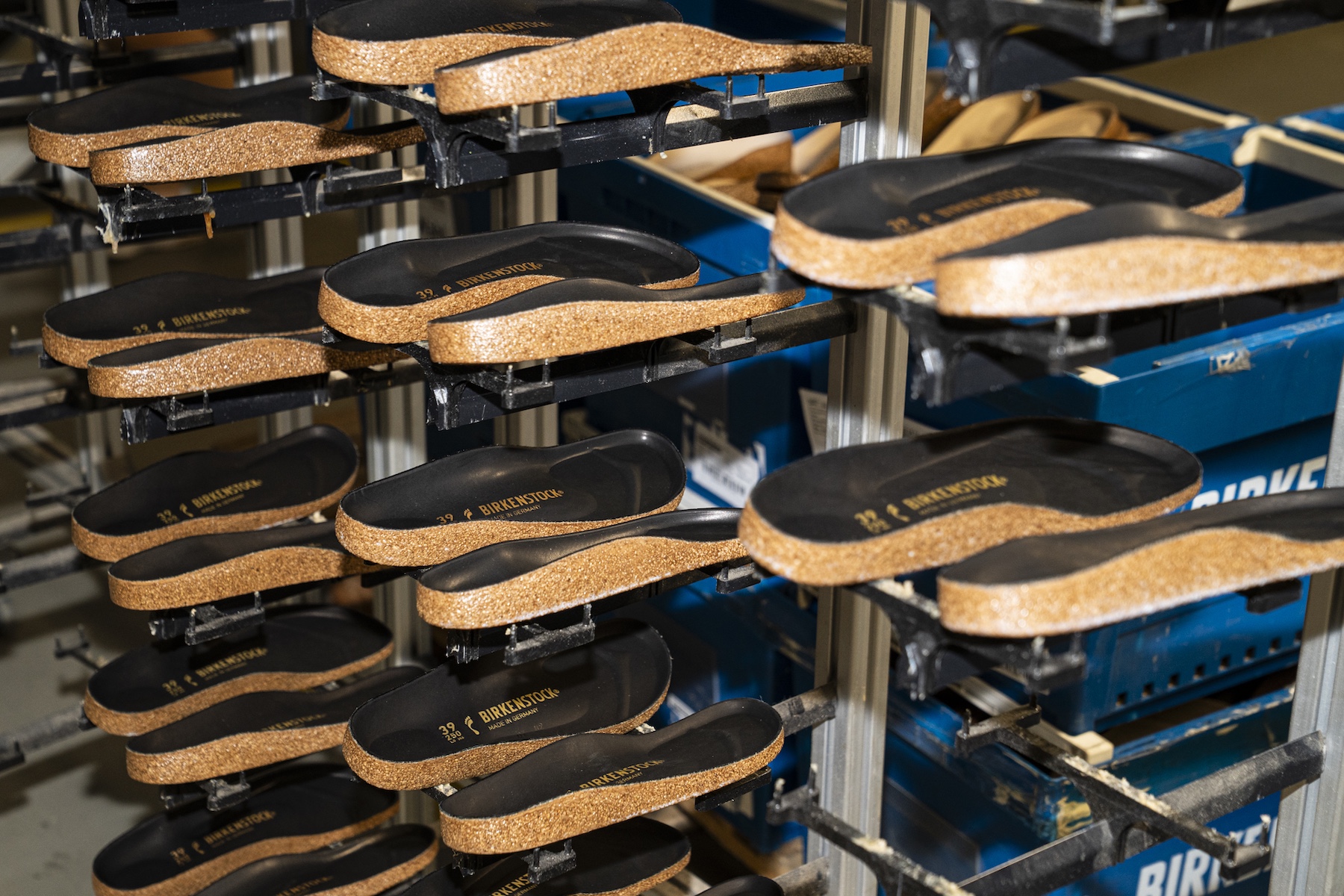
But somehow Birkenstock is immune to fashion’s usual vagaries. They want it to remain that way. ‘We stay true to our purpose: empowering people to walk as nature intended,’says Baum. ‘A universal idea rooted in the belief that everyone deserves to walk naturally. And that’s timeless. We’ve never been much interested in or were ever defined by trends. We draw from a rich product archive of more than 700 silhouettes and from the cultural capital that comes with it.’
‘We’ve never been much interested in or were ever defined by trends’
Markus Baum, Birkenstock’s chief product office
That archive acts as an internal guide and helps the brand navigate hype cycles. And much as they love to dip into the archive, they’re also all about innovating for the future. ‘We’re bringing newness to leather through design and texture and continue to lead the way in pioneering finishes and enhanced wearability,’ Baum says. ‘At the same time, we’re expanding production of our water-ready styles. We innovate wherever it genuinely adds value to the product, function is what drives us.’
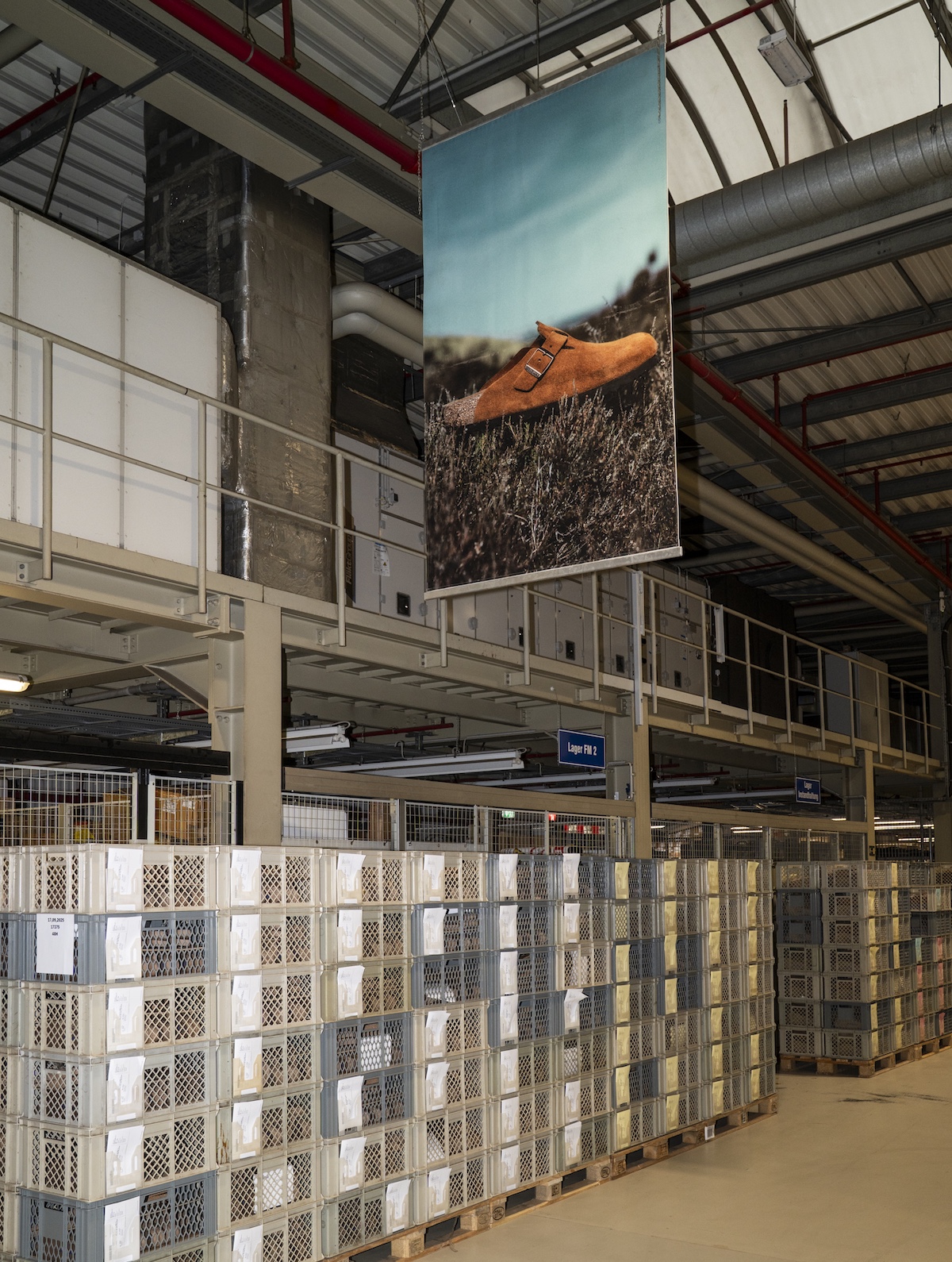
Whether it’s with luxury houses or emerging designers, collaborations are approached with the same purpose. ‘Collaboration, for us, is a field of experimentation,’ says Baum. ‘We value the fresh perspective that brand outsiders bring to our products and to our core values of quality, function, and tradition.’
At the end of the factory line, a pair of Arizonas sits cooling on a steel rack – cork still warm, straps neatly pressed into place. Soon they’ll travel across continents, almost identical to those made centuries ago, but entirely new. That’s Birkenstock’s soft power: a shoe that’s barely changed, but still somehow feels like the future.
-
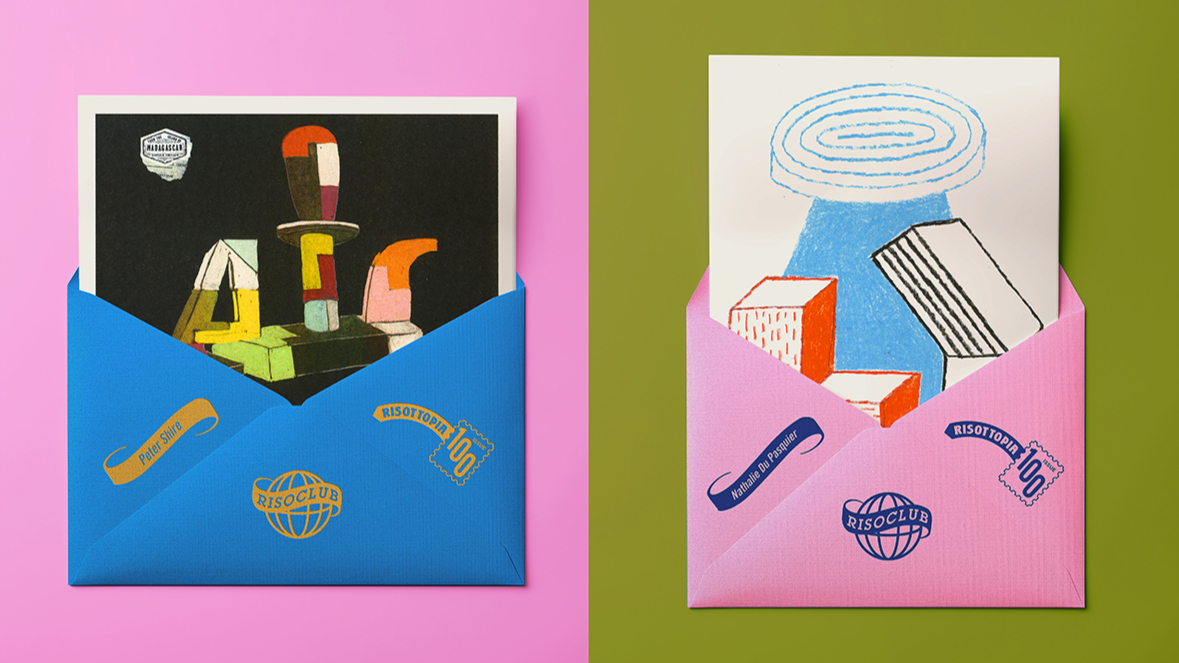 Nathalie Du Pasquier, Peter Shire and Barbara Stauffacher Solomon create exclusive artworks for Riso Club
Nathalie Du Pasquier, Peter Shire and Barbara Stauffacher Solomon create exclusive artworks for Riso ClubGlasgow print studio Risotto celebrates the 100th issue of its monthly Riso Club – a hand-printed, hand-posted subscription that has grown from a small artist exchange into a global community
-
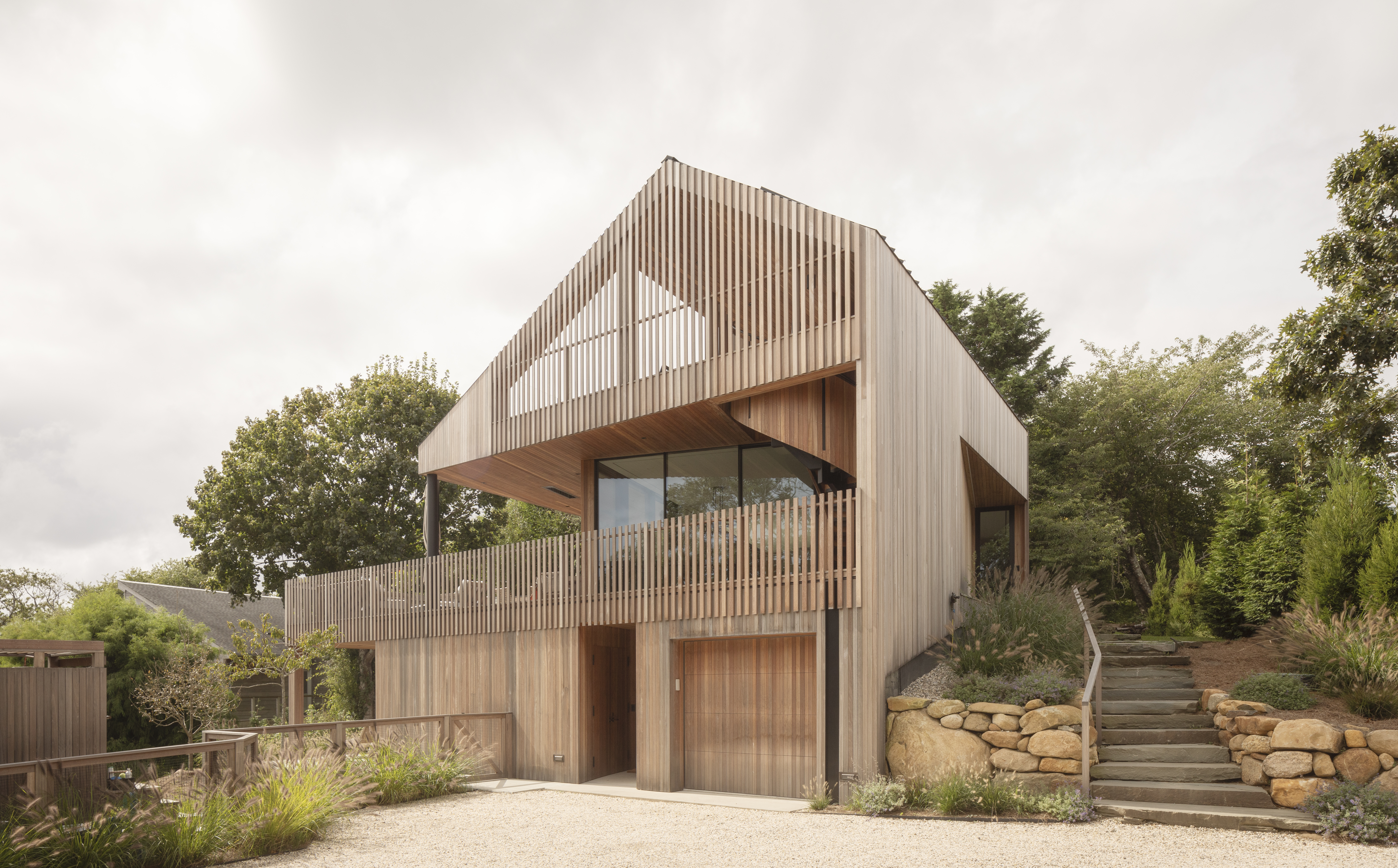 An ocean-facing Montauk house is 'a coming-of-age, a celebration, a lair'
An ocean-facing Montauk house is 'a coming-of-age, a celebration, a lair'A Montauk house on Hither Hills, designed by Hampton architects Oza Sabbeth, is wrapped in timber and connects its residents with the ocean
-
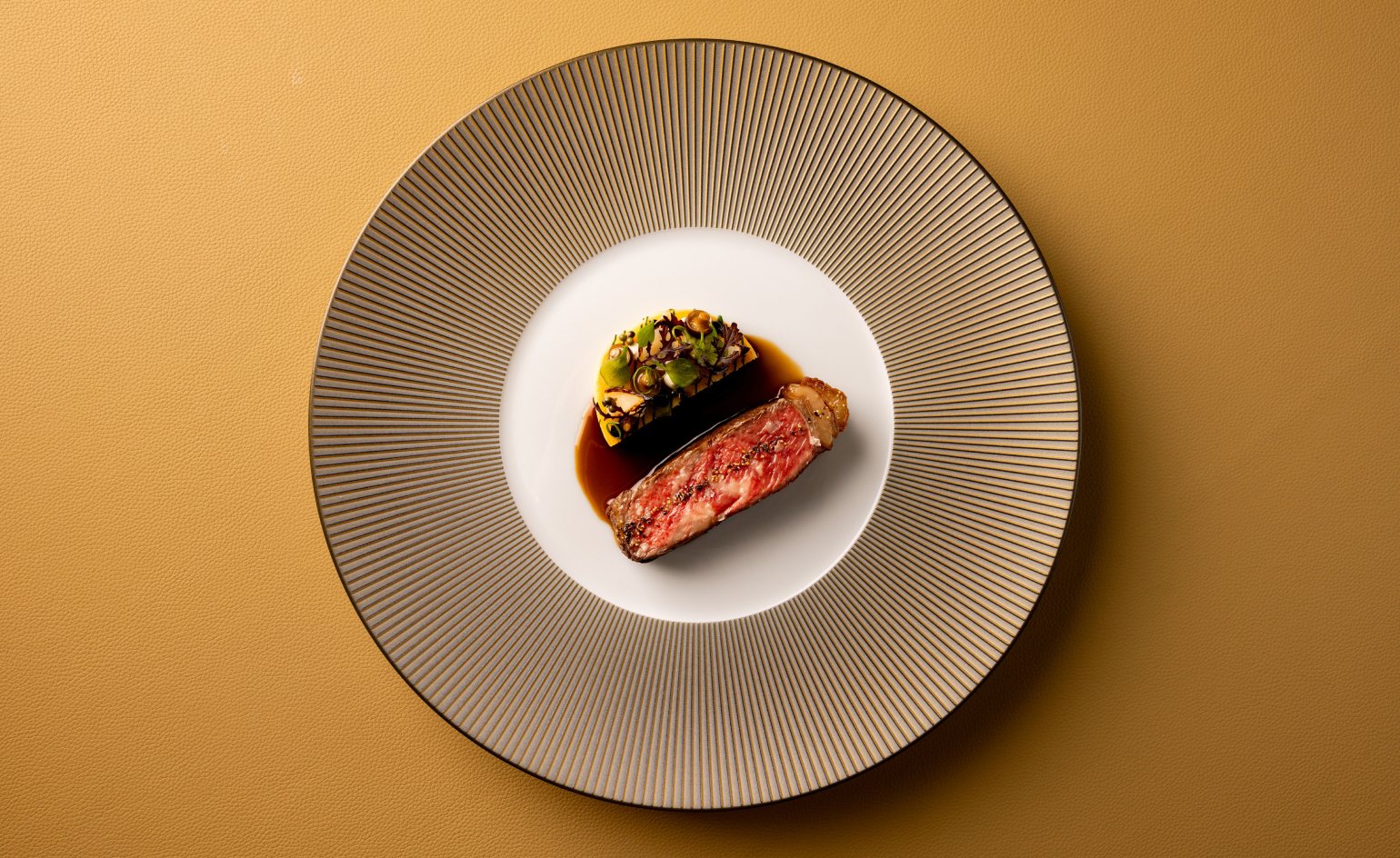 Chef Matt Abé steps out solo with Bonheur in Mayfair
Chef Matt Abé steps out solo with Bonheur in MayfairA former fine-dining institution is transformed through a study of light, tone and materiality, courtesy of Russell Sage Studio
